What is Mexico City in Spanish? (The Local & CORRECT way)
Mexico City, or Ciudad de México (CDMX) in Spanish, is the capital and largest city of Mexico – it also seems to have the most names.
For most Mexicans, Mexico City is simply known as “Mexico”. This is because Mexicans are highly contextual and understand the context in which the name is being used.
For example, if you are from Querétaro and are speaking to someone outside of Mexico, you would say “Soy de México” (I am from Mexico), but if you were getting in the car to go to Mexico City, you would say “Voy a México” (I am going to Mexico), and people would understand that you are referring to the city, not the country.
In this article, we’re going to break down the various ways people refer to Mexico City, or CDMX, or Ciudad de México, or Da Efe… you get the picture.
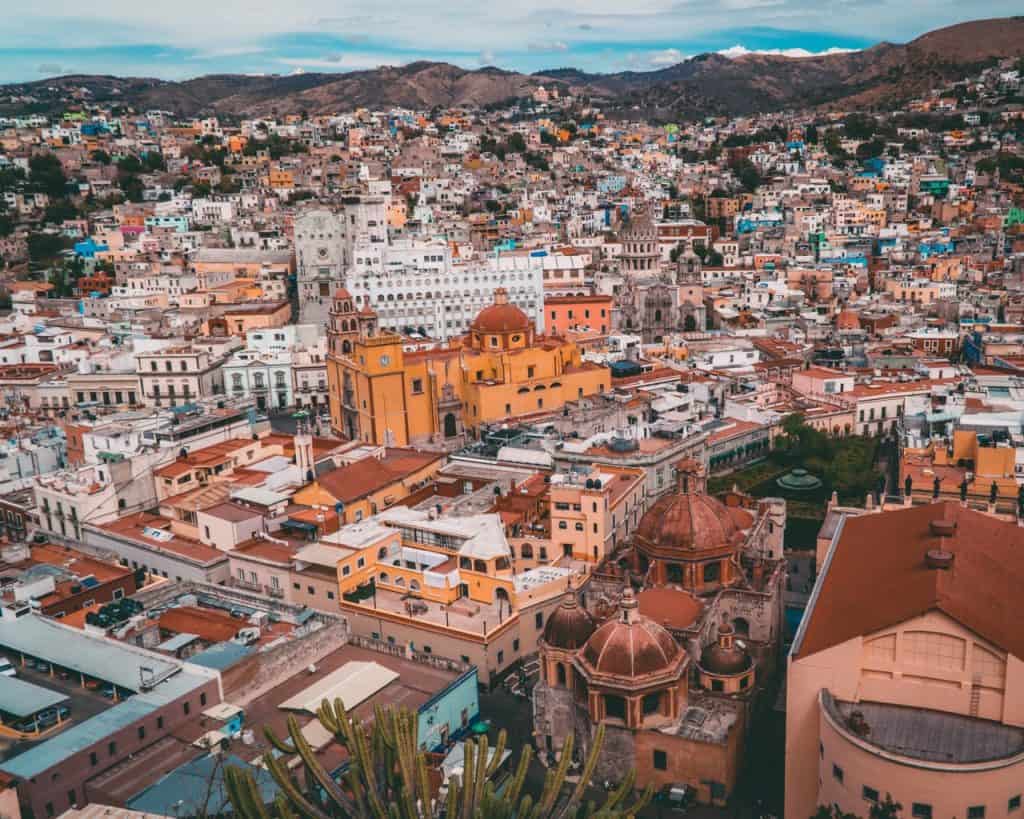
Table of Contents
What is Mexico City in Spanish? The Local Way to Refer to Mexico City
As with many things in Mexico, there are a few different ways to refer to Mexico City in Spanish. For those who want to be unambiguous, some people still say “De Efe” (DF), which was the official abbreviation of Mexico City until 2016.
Others may say “Ciudad de México” (City of Mexico) or “La Gran Tenochtitlán” (The Great Tenochtitlan) for historical contexts. The popular abbreviation “CDMX” is also widely used, although it may not flow as well in Spanish as it does in English.
In polite company, it is common to simply refer to Mexico City as “La capital” (the capital). This has been a standard way of referring to the city for many years.
Top 3 Things to Do in Mexico City
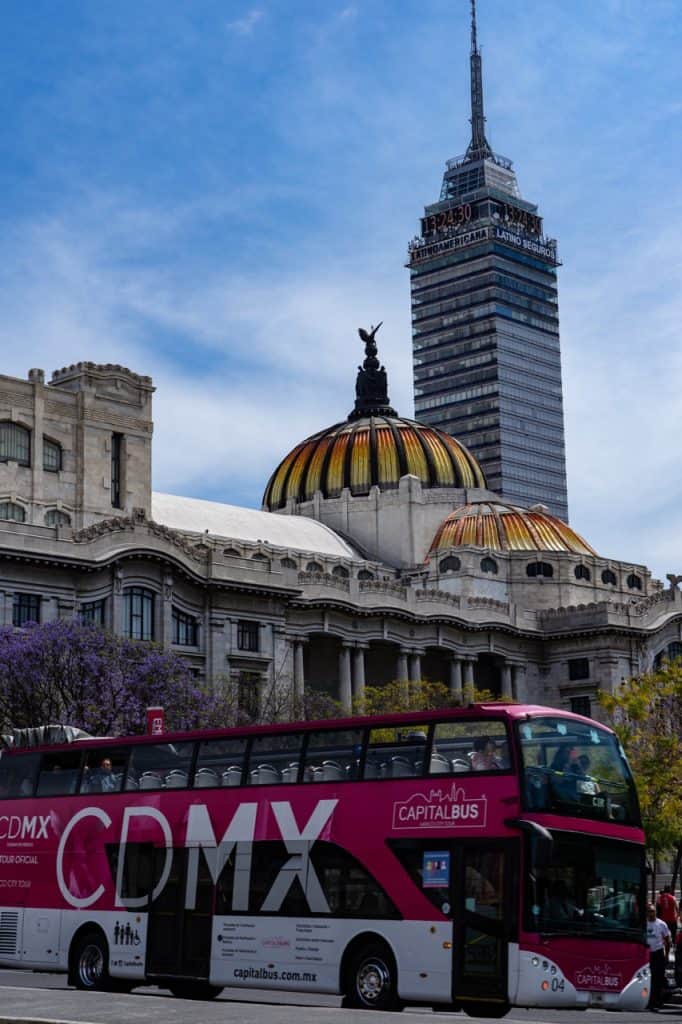
Inside the city and surrounding areas, locals often use wordplay and humor to refer to Mexico City.
Some examples of these colloquial names include “Chilanguilandia” (Chilango-Land), “El Chilango” (the Chilango one), “La Ciudad Arkham” (the Arkham City), “Pendejistán” (roughly translated as “Assholistan”), “La ciudad de la corrupción” (the City of Corruption), “La Estrella de la Muerte” (the Death Star), “Chairotitlán” (no translation needed for locals), and “La cuna del Tlatoani” (the cradle of the Tlatoani).
These names are all understood by locals based on the context in which they are used.
READ MORE: How Much do Tacos Cost in Mexico?
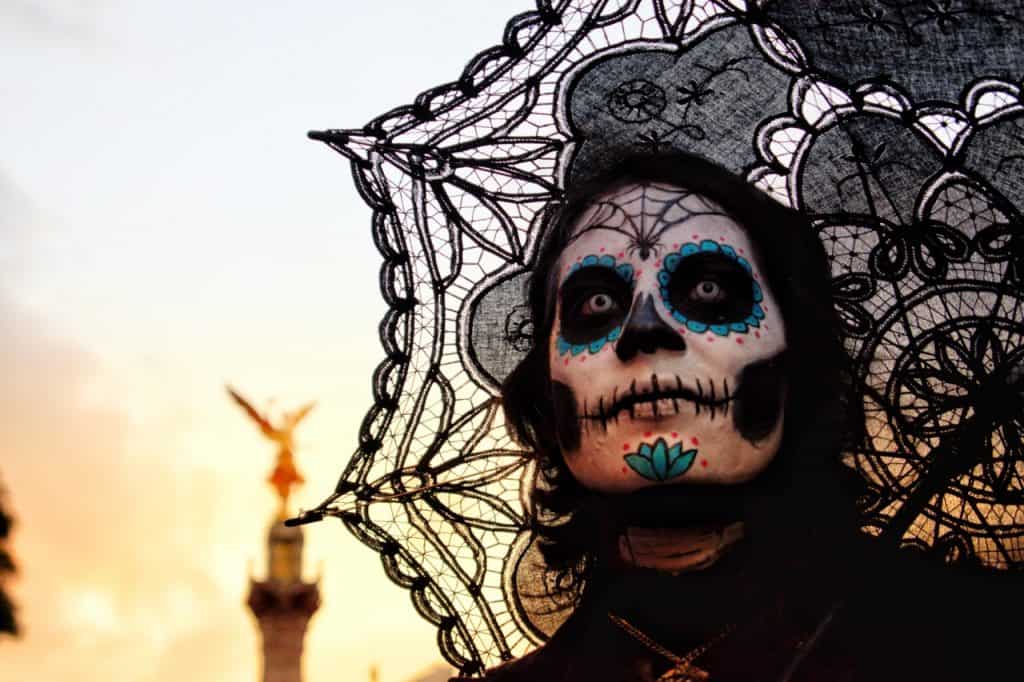
My Personal Favorite: “El DeFectuoso”
My personal favorite way to refer to Mexico City in Spanish is “El DeFectuoso” (the DeFective one). This name plays on the abbreviation “DF” and also pokes fun at the city’s imperfections.
Despite its defects, I love Mexico City and consider it one of my favorite cities in the world.
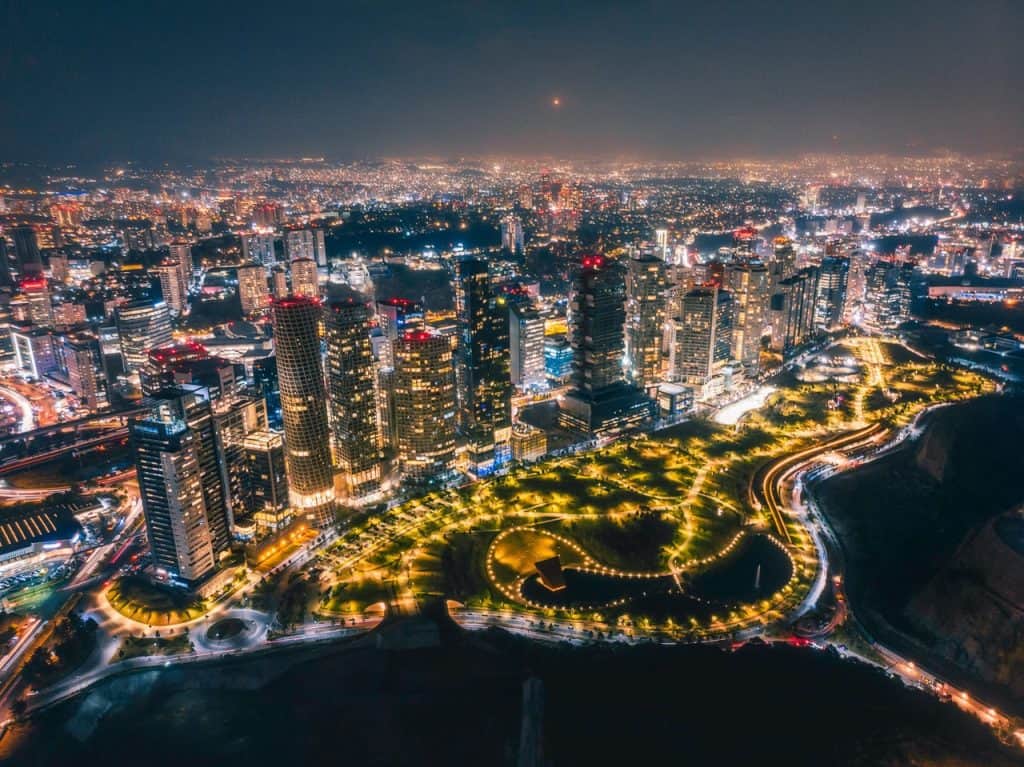
Different Names Used for Mexico City in Spanish
In this section, we will look at some of the different names used for Mexico City in Spanish and the context in which they are used.
- Mexico City is often simply referred to as “Mexico” by most Mexicans, as it is the capital city of the country.
- “De Efe” (DF) was the official abbreviation of Mexico City until 2016 and is still used by some people who want to be unambiguous.
- “Ciudad de México” (City of Mexico) is another common way to refer to the city in Spanish.
- “La capital” (the capital) is a polite and standard way of referring to Mexico City.
- The popular abbreviation “CDMX” is also widely used.
- Colloquial names such as “Chilanguilandia” (Chilango-Land) and “El DeFectuoso” (the DeFective one) are often used by locals with a sense of humor.
- In historical contexts, Mexico City may also be referred to as “La Gran Tenochtitlán” (The Great Tenochtitlan).
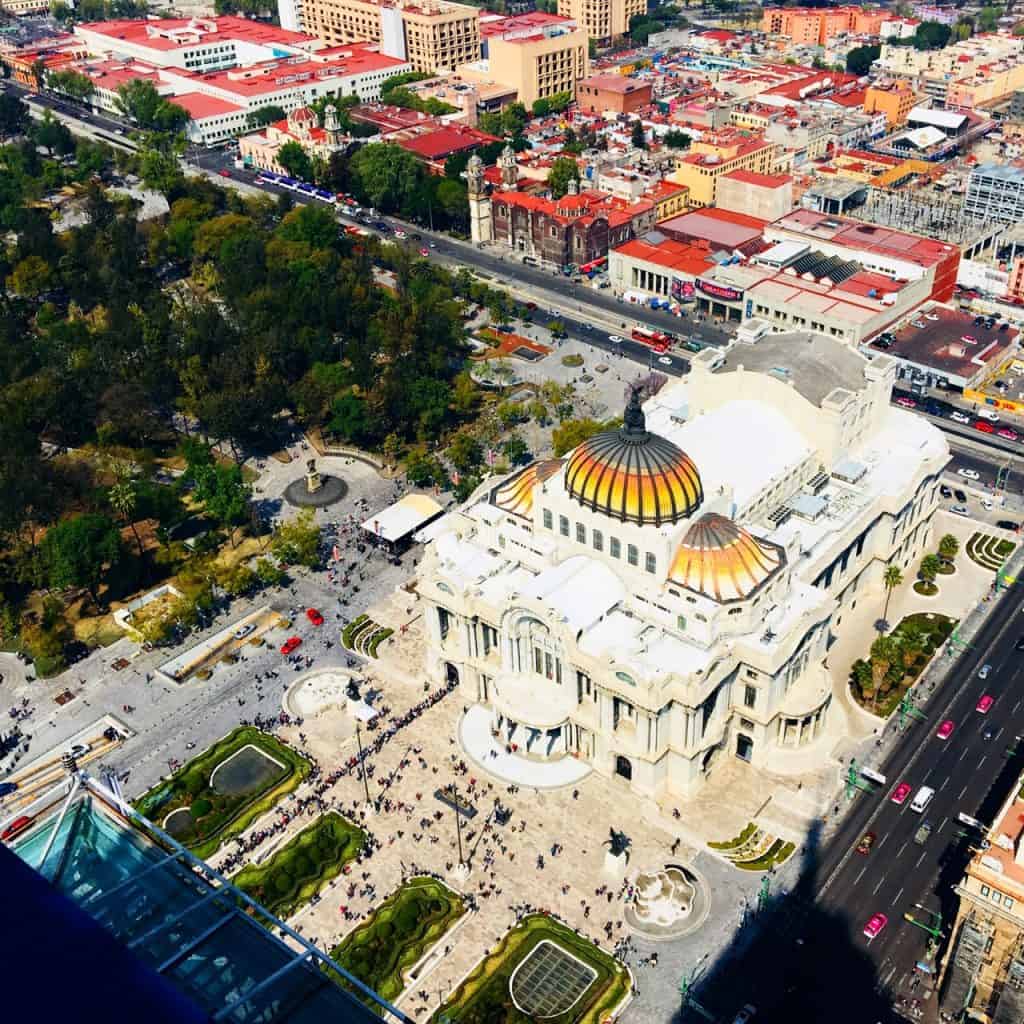
When to Use Which Name for Mexico City?
There are no strict rules for when to use which name for Mexico City. The name used often depends on the context and the speaker.
For example, someone from Querétaro might say “Voy a México” (I am going to Mexico) when referring to Mexico City, while someone else might use the colloquial name “Chilanguilandia” in a humorous context.
Generally, locals will understand the context in which the name is being used and will know which city is being referred to.
READ MORE: Why Mexico City is the Best City in Mexico
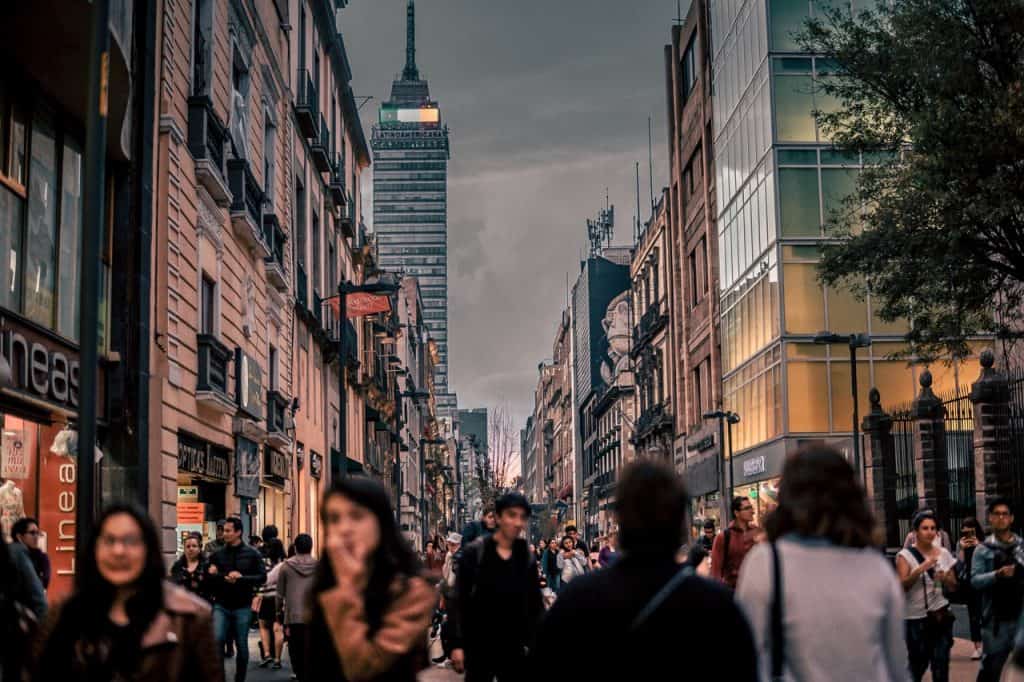
What is the Difference Between Mexico City and CDMX?
Mexico City and CDMX are the same city.
“Mexico City” is the official English name of the city, while “Ciudad de México” (City of Mexico) is the official Spanish name.
The abbreviation “CDMX” is also commonly used and stands for “Ciudad de México”. All three names refer to the same city, which is the capital and largest city of Mexico.
The use of “CDMX” has become increasingly popular in recent years, especially in international contexts, but “Mexico City” and “Ciudad de México” are also widely used.
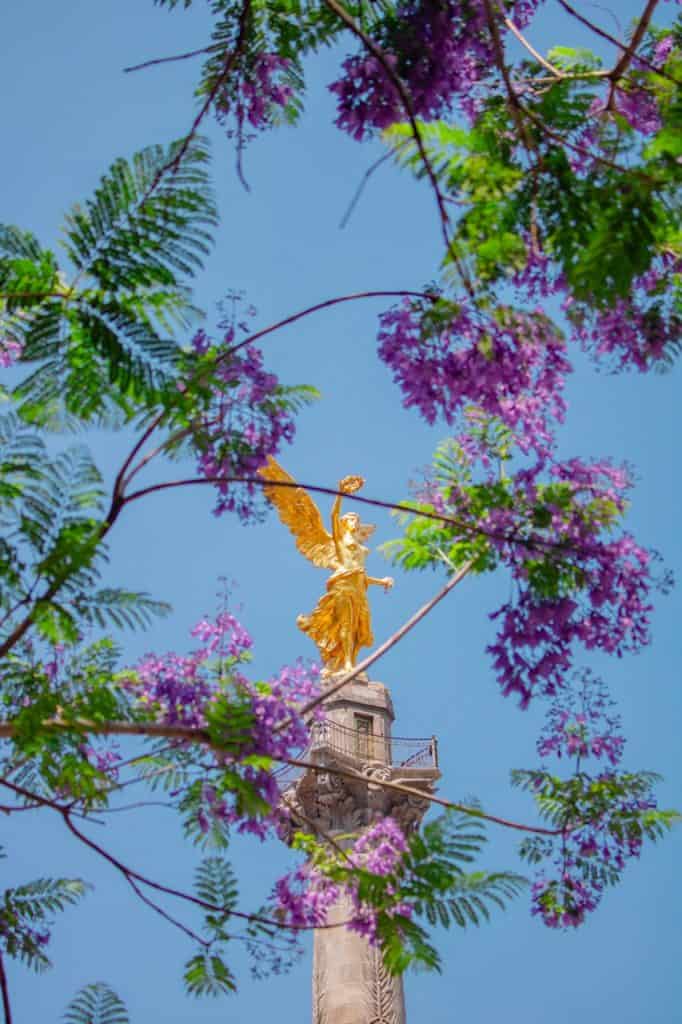
What are People from Mexico City Called?
People from Mexico City are commonly referred to as “Chilangos” or “Chilangas”. This term is derived from the Nahuatl word “chīlān” which means “in the center of the moon” or “capital”. “Chilango” and “Chilanga” are often used as slang terms to refer to someone from Mexico City in a humorous or affectionate way.
Another term that is sometimes used to refer to people from Mexico City is “Tapatío” or “Tapatía”. This term is derived from the Nahuatl word “tapatiotl” which means “one that comes from the other side of the river” and refers to the location of Mexico City on the opposite side of the river from the ancient city of Tenochtitlán.
However, this term is more commonly used to refer to people from the state of Jalisco, so it is not as commonly used to refer to people from Mexico City.
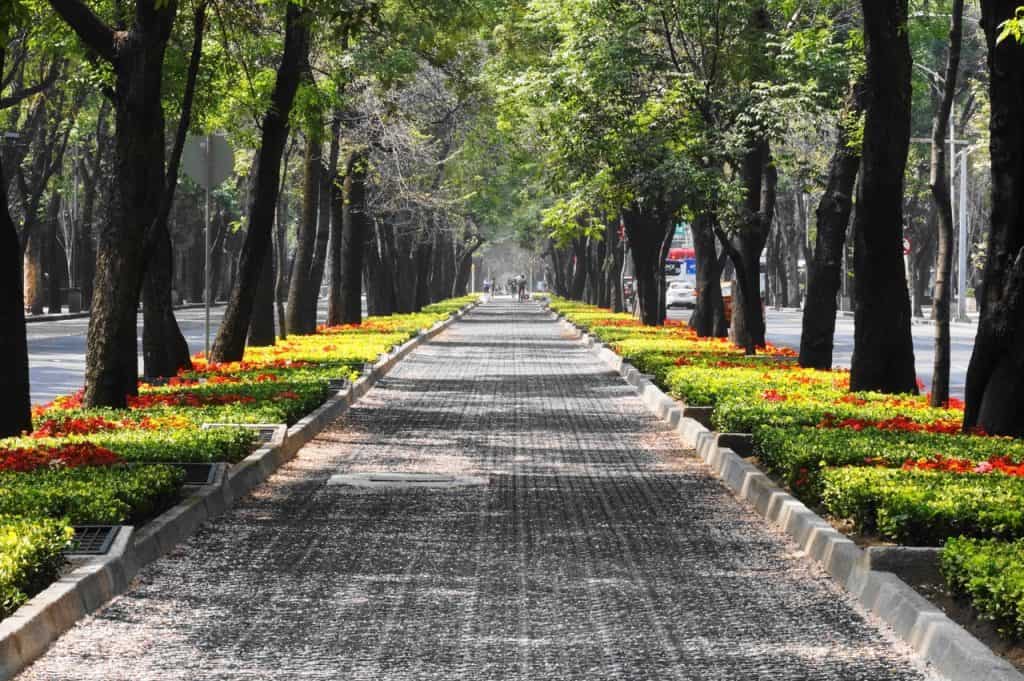
What is the Correct Spanish Name for Mexico City?
Mexico City is known by many names in Spanish, depending on the context and the speaker. Some of the most common names include “Mexico”, “De Efe”, “Ciudad de México”, “La capital”, and “CDMX”.
Colloquial names such as “Chilanguilandia” and “El DeFectuoso” are also used by locals with a sense of humor.
No matter what name is used, Mexico City is a vibrant and exciting city with a rich history and culture to understand.
Have you been? Why not consider Mexico City as your next digital nomad destination?
READ MORE: What Are The Best Places to Live in Mexico?


It’s CHILANGOLANDIA, not Chilanguilandia.
And NOBODY refers to people from Mexico City as Tapatíos. That’s exclusively for people from Guadalajara (and now includes other people from Jalisco, although that’s kind of recent).
Finally, Chilangos are people who move to Mexico City from provincia (the other states). People born in the city are defeños (DFños). But at this point even the word Chilango is used on natives (but be prepared for arguments over this word).